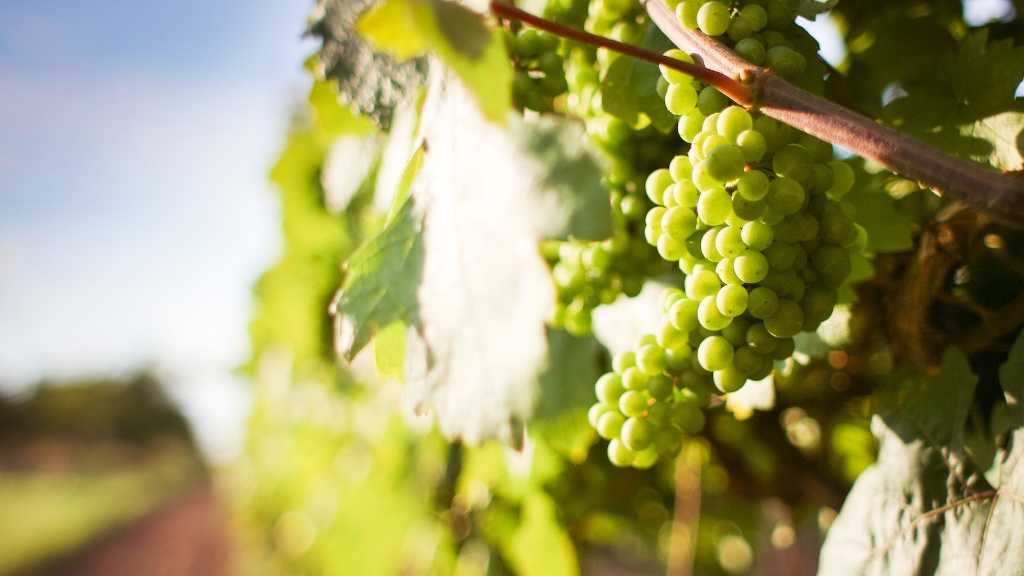The Fascinating History Of Wine: A Journey Through Time
The history of wine stretches far back in time, with evidence of its existence dating back to over 6,000 years ago. Wine is a part of many cultures and religions, making it an integral part

The history of wine stretches far back in time, with evidence of its existence dating back to over 6,000 years ago. Wine is a part of many cultures and religions, making it an integral part of society for centuries. In this article, we will take a journey through time to look at the fascinating history of wine.
Many historians believe that the first wines were produced in Georgia around 6,000 BC. It is said that the very first wine was produced accidentally when wild grapes were left to ferment in a clay vessel. The creation of wine quickly spread throughout the world, with evidence of wine production found in ancient Egypt, Greece, and Rome.
Wine has played a significant role in religion and culture throughout history. In ancient Egypt, wine was used in religious ceremonies and was believed to have healing properties. In Greece and Rome, wine was a symbol of social status, and only the wealthy were able to indulge in its consumption.
The Middle Ages saw wine being produced in monasteries, and it became a cornerstone of Christianity. Wine was used in Catholic sacraments, and vineyards were often tended by monks. During the Renaissance, wine production began to spread throughout Europe, with new techniques emerging that allowed for the creation of high-quality wines.
In the 18th and 19th centuries, wine was transported around the world, with European vineyards being established in places like Australia, South Africa, and the Americas. The wine industry continued to flourish, and new technologies allowed for the production of high-quality wines on a larger scale.
Today, wine is enjoyed globally, with many different varieties and styles available. The wine industry is a multi-billion dollar industry and is a significant source of employment in many countries. Wine tourism has also become a popular pastime, with people traveling to different countries to sample some of the finest wines in the world.
Experts agree that wine has many health benefits. Moderate consumption of wine can have protective effects on the heart, and some studies have shown that it can even help to prevent certain diseases. Wine is also believed to have anti-aging properties, making it a popular choice among health-conscious individuals.
Wine in the 21st century
The 21st century has seen wine production continue to evolve. Climate change has had a significant impact on the wine industry, with many vineyards forced to adapt to changing weather patterns. Sustainability has also become a top priority for many wine producers, with a focus on reducing carbon footprints and protecting the environment.
The rise of technology has also impacted the wine industry, with new innovations allowing for greater precision in wine production. From soil analysis to fermentation monitoring, technology has made it possible to create consistently high-quality wines that appeal to a wide range of consumers.
The benefits of wine tourism
Wine tourism has become increasingly popular in recent years, with wine lovers traveling to different countries to sample some of the finest wines in the world. Wine tourism can be a great way to explore different cultures, taste new wines, and experience the beauty of wine country.
Wine tourism has also created many new job opportunities, with wineries and vineyards providing employment for local communities. The economic impact of wine tourism can be significant, with the industry generating millions of dollars in revenue every year.
The art of wine pairing
Wine pairing is the art of choosing the perfect wine to complement your food. When done correctly, wine pairing can enhance the flavors of both the wine and the food, creating a truly memorable dining experience.
Pairing white wine with poultry or fish, and red wine with red meat, is a general rule of thumb. However, there are many other factors to consider, such as the flavors and aromas of the wine, the acidity, and the tannins. A good wine pairing can elevate a dish to new heights, creating a gastronomic delight that satisfies both the palate and the soul.
The rise of organic and biodynamic wines
Organic and biodynamic wines have become increasingly popular in recent years, with consumers becoming more concerned about the environment and sustainability. Organic wines are made from grapes that have been grown without the use of pesticides or herbicides, while biodynamic wines are produced using a holistic approach to farming that considers the entire ecosystem.
Organic and biodynamic wines can have a unique flavor profile, with a focus on purity and terroir. These wines are often seen as healthier and more environmentally friendly, appealing to a growing number of consumers who are looking for a more sustainable way to enjoy wine.
The future of the wine industry
The wine industry continues to evolve, with new trends and technologies emerging all the time. Sustainability, technology, and health are likely to be key focus areas in the coming years, as the industry responds to changing consumer attitudes and global challenges.
As we look towards the future, it is certain that wine will continue to be an important part of human culture and society. An ancient beverage that has stood the test of time, wine is a symbol of our connection to the earth and to each other, and will continue to captivate us for generations to come.

